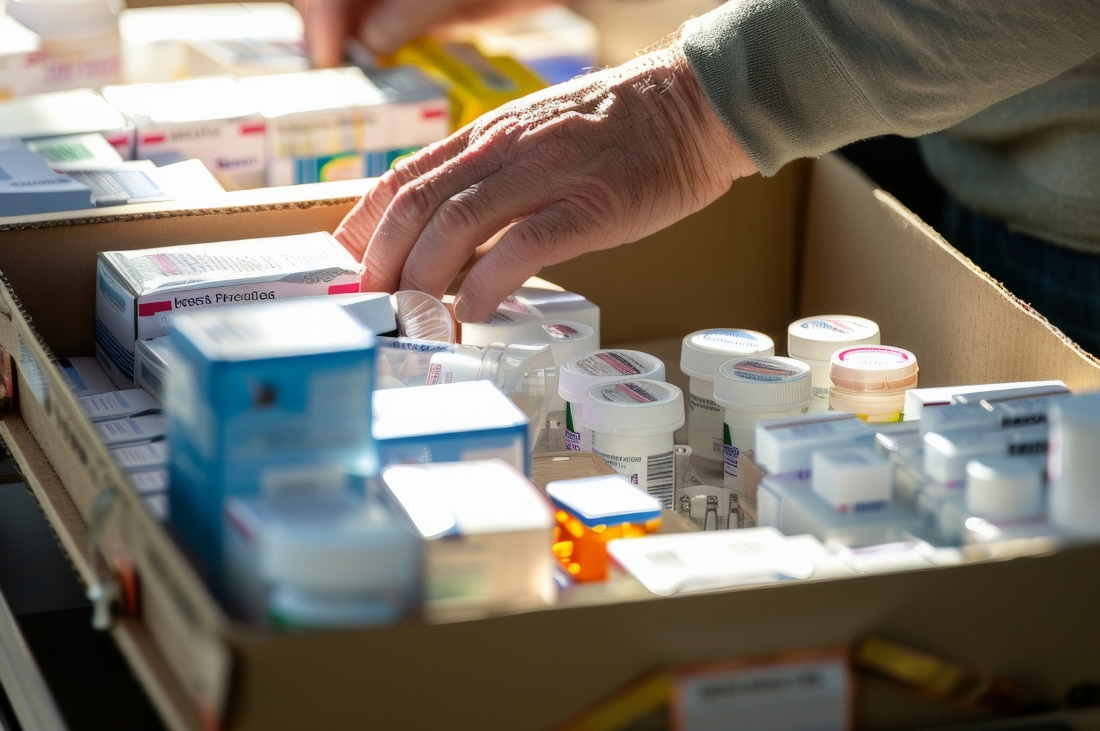
India’s pharmaceutical sector is often referred to as the “pharmacy of the world,” supplying over 50% of global vaccine demand and 40% of generic drugs to the United States alone (Source: India Brand Equity Foundation).
Yet behind these impressive numbers lies a pressing challenge: patient adherence.
With over 1.4 billion people, diverse healthcare needs, from paediatric and geriatric care to chronic disease management, require dosage forms that are not only effective but also convenient, culturally acceptable, and accessible across urban and rural areas.
How can pharmaceutical innovators reconcile India’s global leadership with the specific needs of its population?
Emerging drug delivery solutions in India, including oral thin films, disintegrating tablets, and non-invasive systems, are bridging this gap. They not only improve adherence, simplify administration, and reduce barriers such as difficulty swallowing or inconsistent dosing habits.
By integrating advanced material science, formulation innovation, and robust manufacturing practices, India’s pharmaceutical sector is positioning itself to provide solutions tailored to a wider base of patient requirements.
Oral administration remains the preferred route for most patients, yet conventional tablets and capsules can limit adherence, particularly among children, the elderly, and individuals with dysphagia. Innovations such as oral thin films (OTFs), rapidly disintegrating tablets, and sustained-release formulations are transforming patient experiences.
Oral thin films, for example, dissolve within seconds in the mouth without water, enabling discreet, portable dosing. Disintegrating tablets leverage excipient engineering to ensure rapid release in saliva, facilitating faster absorption. Sustained-release formulations extend the therapeutic effect, reducing the frequency of administration, a crucial factor for chronic diseases like diabetes or cardiovascular conditions.
These modified release drug delivery systems are increasingly applied to nutraceuticals, central nervous system (CNS) drugs, and pain relief medications. They improve adherence but also allow for flexible dosing across different patient demographics. For a deeper understanding of formulation-specific benefits, see our previous blog on patient-centric drug delivery methods.
Patient-centric solutions must be economically viable to achieve meaningful public health impact. India’s pharmaceutical ecosystem leverages scalable manufacturing, heat-stable formulations, and modular packaging systems to reduce costs without compromising quality.
For instance, oral thin films loaded with iron or vitamins have been integrated into maternal health and school nutrition programs. Heat-stable dispersible tablets allow distribution in regions lacking cold-chain infrastructure. Automated packaging, such as unit-dose pouches or blisters, ensures dosing accuracy and preserves drug integrity. These technologies extend access to rural populations while maintaining adherence and therapeutic efficacy.
Technological interventions such as modular manufacturing units and low-cost automated packaging solutions ensure that these therapies remain economically viable, supporting both public and private healthcare delivery.
Innovation in drug delivery requires a robust regulatory foundation. Indian manufacturers adhere to WHO-GMP, ISO 9001, and NSF/ANSI 455-2 standards, ensuring product safety, reproducibility, and quality:
WHO-GMP: Internationally recognised standards governing pharmaceutical production and quality assurance.
ISO 9001: Validates a comprehensive quality management system emphasising continuous process improvement.
NSF/ANSI 455-2: Provides specific guidance for oral film manufacturing, including thickness, dissolution, and packaging integrity.
Strategic partnerships amplify innovation. Global pharmaceutical companies collaborate with generic drug manufacturers in India to translate laboratory-scale formulations into scalable, market-ready products. These collaborations facilitate clinical translation, regulatory approvals, and consistent global quality standards, ensuring patient-centric solutions meet international expectations.
Patient-centric drug delivery solutions in India represent a synthesis of formulation science, manufacturing excellence, and regulatory compliance. Oral thin films, disintegrating tablets, and sustained-release formulations provide practical, effective solutions for populations with diverse healthcare needs.
By integrating affordability, accessibility, and innovation, India’s pharmaceutical sector is simultaneously meeting domestic challenges and strengthening its position as a global leader in generic and specialty therapies. Patient-focused drug delivery solutions demonstrate that adherence, convenience, and clinical efficacy can coexist, driving both better outcomes and broader public health impact.
ZIM Laboratories Limited is a therapy-agnostic and innovative drug delivery solution provider focusing on enhancing patient convenience and treatment adherence to drug intake. We offer a range of technology-based drug delivery solutions and non-infringing proprietary manufacturing processes to develop, manufacture, and supply innovative and differentiated generic pharmaceutical products to our customers globally. At ZIM Labs, we provide our customers with a comprehensive range of oral solid value-added, differentiated generic products in semi-finished and finished formulations. These include granules, pellets (sustained, modified, and extended-release), taste-masked powders, suspensions, tablets, capsules, and Oral Thin Films (OTF).